Dwayne Hynes
Chief of Foreign Intelligence Technology, Office of the Deputy Chief of Staff, G-2 U.S. Army
Since January 2006, Mr. Hynes has served as a policy analyst and acquisition-intelligence support working at Headquarters, Department of the Army.
As policy analyst, he oversees Army policy relating to the intelligence support of capability development programs, primarily major defense acquisition programs. As acquisition-intelligence support, Mr. Hynes manages the threat requirements for program offices and production of threat assessments. He specializes in fire support and armor developments worldwide, the future operational threat environment, defense industrial complex, and improvised explosive devices.
Previously, Mr. Hynes completed over 21 years on active duty in the United States Army as a Field Artillery Officer where he held various leadership assignments in the 3rd Armored Cavalry Regiment, 3rd Armored Division, 11th Armored Cavalry Regiment, Field Artillery School, Pennsylvania State University Reserve Officer Training Corps, and Office of the Chief of Staff for Intelligence.
EDUCATION
- Bachelor of Arts with honors in Philosophy from Knox College, Galesburg, Illinois.
- Masters in Human Resource Development from Webster University, St Louis, Missouri.
- He is a graduate of the Command and General Staff College.
Check out the incredible speaker line-up to see who will be joining Dwayne.
Download The Latest Agenda


